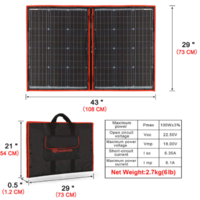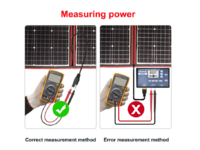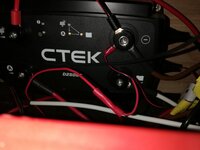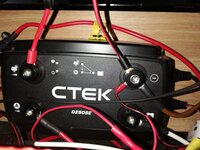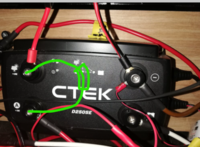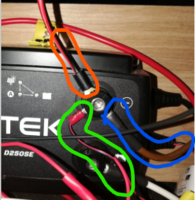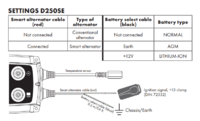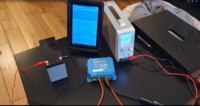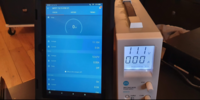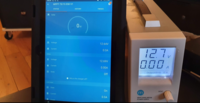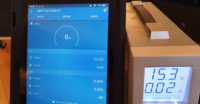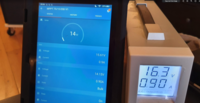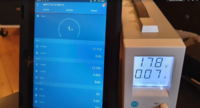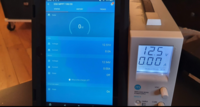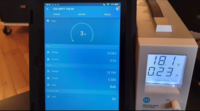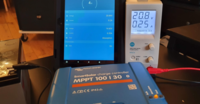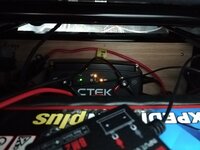@Dellmassive - Sorry to keep with the questions - I've done a fair bit of reading on this, without shedding much light on it........
On a dull day (like here today), would you expect the 100W panel to register no voltage on a multimeter? It briefly shows a figure which then returns to zero (meter set to 20V). It would show the current - only around 0.5A, which matched the reading on the display when run through the PWM controller. This was the same for any combination of wiring, so my cables are fine. Should I not expect a Voltage reading if really overcast, even though there is current (or is it the brief reading which drops to 0)?
@boxelder
It depends on the panel . . .
but normally with a bight day you should see some voltage, 12v, 18v maybe 20v? - BUT - you will see next to NO current. - soo effectivly the panel is unable to power anything.
I've done some examples here: I've picked out 3x panels to test.
its a overcast day (London - march 21) but fairly bright outside with no direct sun light.

.
1st: Lensun 100W
layed out on floor with volt meter direct across the panel,

we get VOC : 21.29vdc

then metering the current . . . we only get ISC 0.22A or 200mA - so basically no power - 4w open circuit

+++
2nd : next up a 50W BlueFusion Foldup panel.

VOC we get 20.43vdc

ISC we get again 0.16A or 160mA -

+++
3rd : Next up we have a 100W Renogy Foldup panel.
VOC is 19.23vdc


ISC with the panel shorted we get, 0.43A or 430mA


+++
so thats three different panels, from three different manufactures all tested togeter.
if its a bright day the panel should show some voltage when disconnected from anything.
but will have next to no current available.
if the panel is connected to a controller the voltage will be pulled low and it might not be possible to get a reading . . . . so this test must be done with the PV panel disconnected.
+++
When its bight and sunny, you will see the same VOC voltage, but you will get the full ISC current . . . . so you will see for example VOC 20vdc across the panel and meter ISC 6A coming from it.
this is now here the Watts come from . . . W=V*A.
before on a cloudy day we had no Amps . . .
Now on a sunny day we have the Amps . . . so (w=v*a) (120w = 20v * 6a)
.

Clamp Meters
Any recommendations for clamp meters? They have been mentioned in a few threads but I can’t find suggested products. Suitable for small mA measurements with dc in the van and elsewhere and also if possible up to mains ac. I’m not sure how much I need to spend for a tolerably decent one with the...
.
Last edited:

